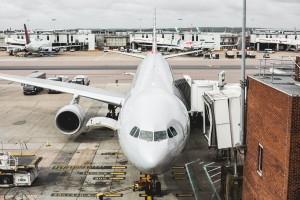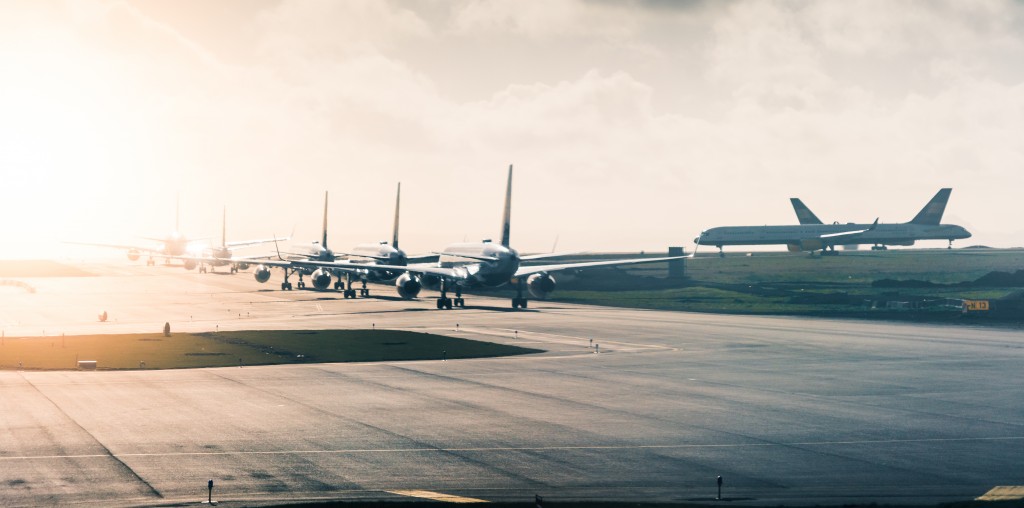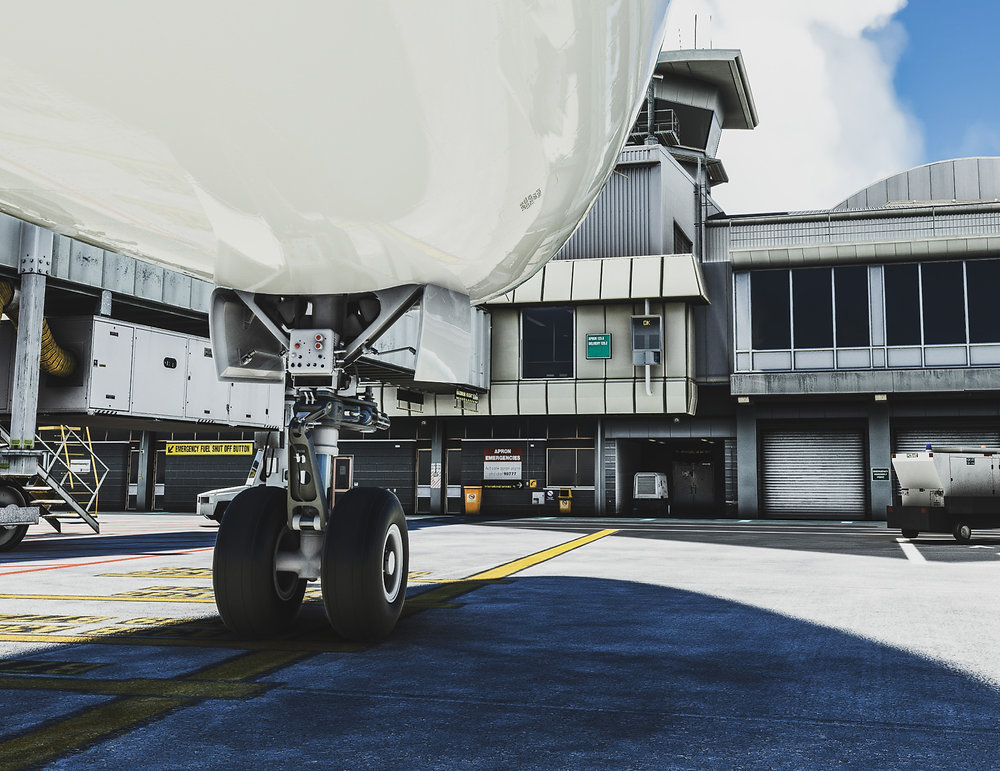Navigating Toward a Greener Sky: VDGS for Sustainable Airports

With the rising global awareness of climate change and environmental issues, airports worldwide are striving to reduce their carbon footprint and improve their environmental performance. One of the key innovations in this endeavor is the Visual Docking Guidance System (VDGS). This technology is transforming airports into more sustainable hubs of transportation by significantly cutting emissions and fuel consumption.
Today, we will explore how VDGS is contributing to the greening of the aviation industry and why it’s an essential component for sustainable airports.
- The Role of VDGS in Sustainable Aviation
VDGS plays a vital role in guiding aircraft efficiently to their parking positions at the gate. By doing so, it minimizes unnecessary taxiing and engine running time, thus reducing fuel consumption and emissions. This is a crucial step in making aviation more environmentally responsible.
- Fuel Savings and Emissions Reduction
The heart of VDGS lies in its ability to save fuel and reduce emissions. Let’s delve into how this technology achieves these outcomes:
- Precision Parking: VDGS ensures that aircraft are parked with utmost precision, reducing the need for multiple adjustments and repeated engine starts, which waste fuel and increase emissions.
- Reduced Engine Idle Time: With VDGS, aircraft engines spend less time idling, leading to significant fuel savings and lower emissions. This has a direct positive impact on the environment.
- Noise Reduction and Improved Air Quality
VDGS doesn’t just contribute to sustainability by reducing emissions; it also addresses the issue of noise pollution:
- Less Engine Noise: Engines produce noise pollution, which can be a significant concern for communities living near airports. By minimizing engine idle time, VDGS contributes to quieter surroundings.
- Improved Air Quality: Reduced emissions lead to improved air quality around airports. This benefits not only the environment but also the health of airport workers and nearby residents.
- Future developments and potential challenges
While VDGS offers significant benefits for sustainable airports, ongoing research and development will continue to enhance its capabilities. Future iterations may include advanced features such as predictive analytics, integration with air traffic management systems, and even autonomous docking. However, challenges such as high initial costs of installation and the need for retrofitting existing infrastructure may temporarily hinder widespread adoption. Nevertheless, as the demand for sustainable practices increases, these hurdles can be overcome through collaborative efforts between airports, airlines, and technology providers.
Developed indigenously under the AAI startup initiative is our recent innovation- SmartDockAI – a Smart Visual Docking Guidance System– which has been created using sophisticated technologies designed to assist pilots during the docking process, enabling them to safely manoeuvre aircraft into parking positions at airports.
Our system utilizes a combination of sensors, cameras, and advanced AI based computer algorithms to provide real-time guidance, feedback, and visualization to pilots, thereby improving their situational awareness and precision during the docking procedure.
Key features of the SmartDockAI- SVDGS:
- 3D LIDAR Technology for Accurate Ranging
- Thermal Sensors for Harsh Weather
- Obstacle Detection in Aircraft Path
- Multiple Communication Interfaces Supported
- Pole/Wall Mount Supported
- ICAO Annex 14 & DGCA CAR Section 4 Series B Part 1 AVDGS Specification Compliant
We have successfully tested and deployed Smart Visual Docking Guidance System (S-VDGS) at the Netaji Subhash Chandra Bose International Airport, Kolkata under the guidance of Airports Authority of India, Ministry of Civil Aviation, Government of India.
We will continue to bring more such innovations and advancements in the field of technology and further improving the safety and efficiency of aircraft docking procedures and automation of various airport operations.
Author: Abya Krita Verma











Leave a Reply